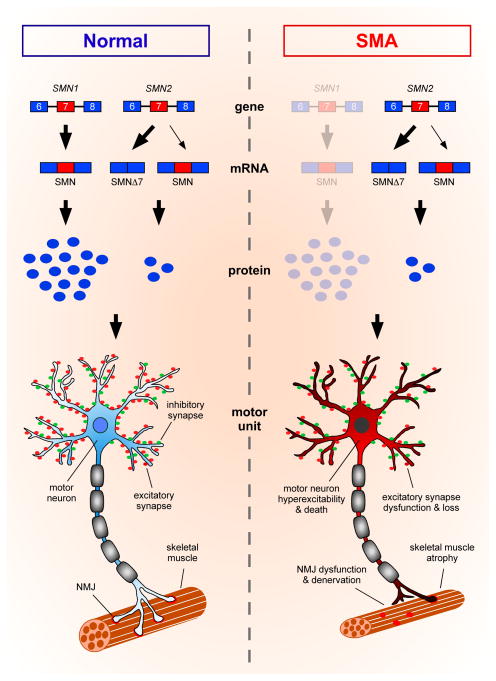Figure 1. Genetic and cellular defects underlying motor system dysfunction in SMA.
SMA is the result of homozygous deletion or mutation of the SMN1 gene with retention of the nearly identical SMN2 gene. Most transcripts from SMN2 lack exon 7 due to alternative splicing and produce an unstable truncated form of the protein (SMNΔ7), leading to a setting of ubiquitous SMN deficiency in SMA. Motor neurons are particularly vulnerable to reduced levels of SMN expression and degenerate over the course of the disease. In addition to motor neuron death, several deficits that contribute to motor system dysfunction in SMA mouse models have been documented. These defects include: i) reduced density of synaptic vesicles, decreased neurotransmission, and increased denervation of the NMJs of vulnerable muscles; ii) reduced myofiber size and skeletal muscle atrophy; iii) defective excitatory neurotransmission and loss of glutamatergic synapses from proprioceptive neurons and local interneurons resulting in reduced excitatory drive; and iv) hyperexcitability of motor neurons.

